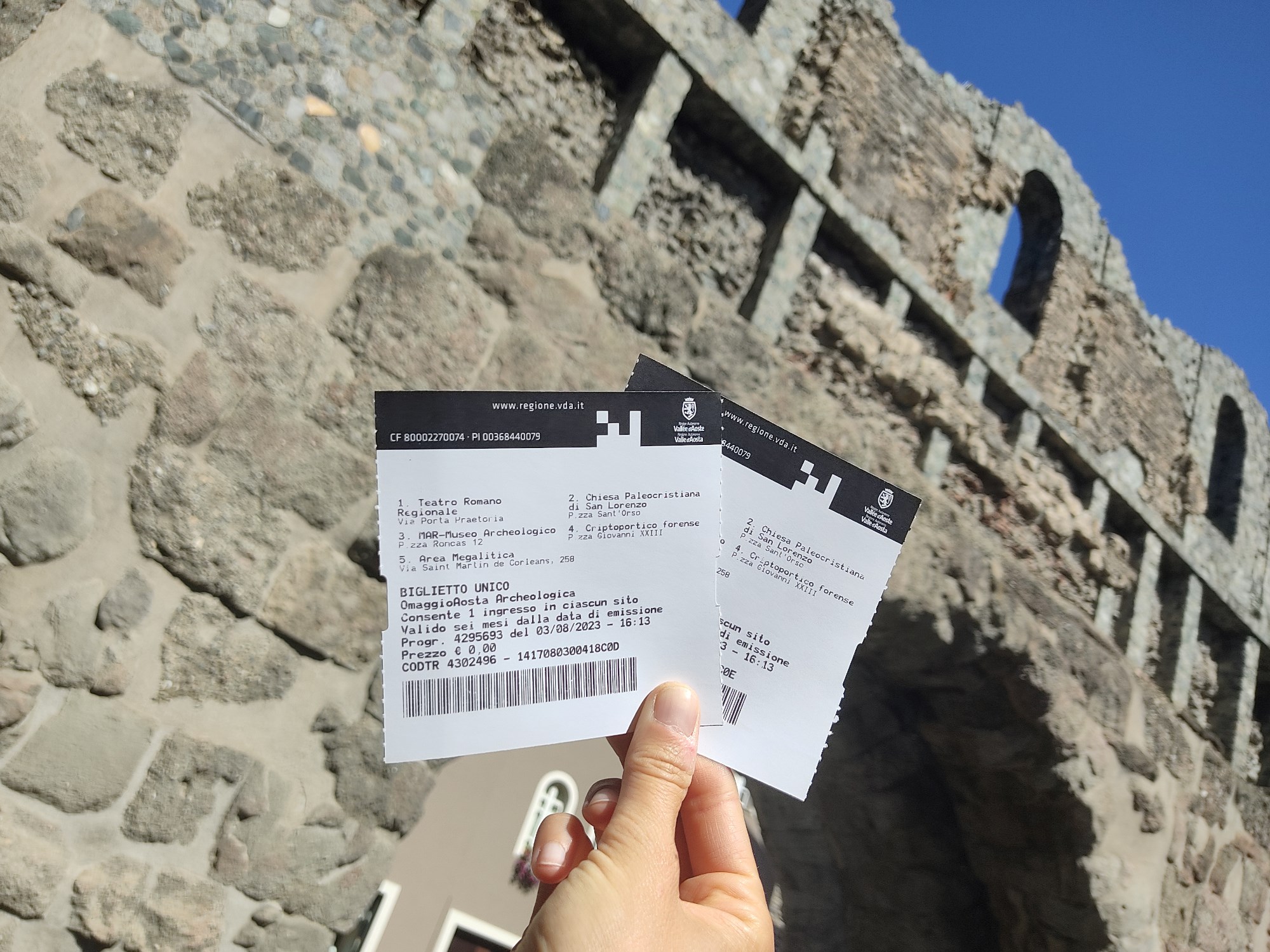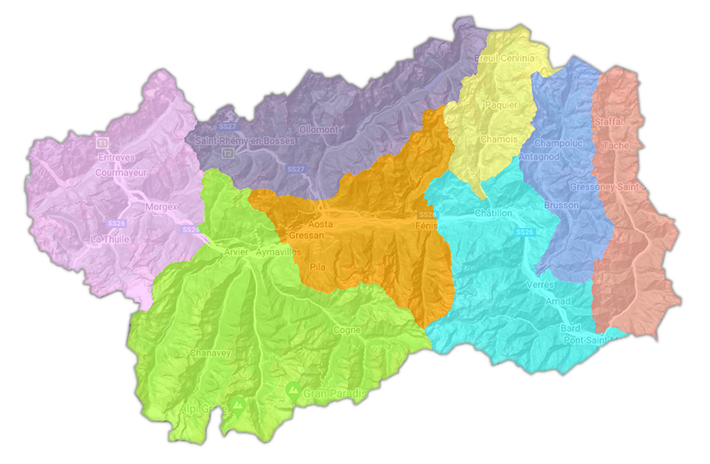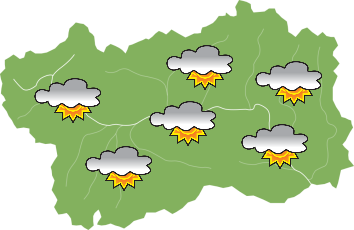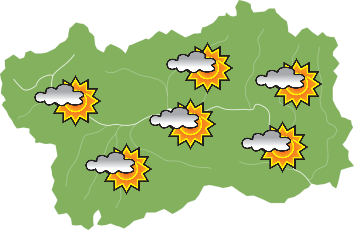Imported from the Cluny monastery during the 16th Century, in Cogne pillow-lace work developed original stitches and pattern
Pillow-lace work, now an integral part of Cogne traditions, was probably imported during the 16th Century by a few Benedictine nuns who had run away from the Cluny monastery and settled in some of the towns in the Valle d'Aosta. In Saint-Nicolas, the parish priest's sister, who was born in Cogne, is said to have learned the basics of pillow-lace work to then teach it to her fellow villagers, who decided to produce and use this lace to adorn their traditional costume.
Although the lace work is imported, the various stitches are definitely of local origin and linked to the environment and to the fauna: “teppa cleire” (pale clod), “joue de perni” (bird's eye), “pavioula” (butterfly)... The patterns, performed by heart by the lacemakers without following any specific diagram, are the result of their imagination and are passed down from mother to daughter.
The yarn used is linen and the colour is natural from raw linen, but sometimes it is bleached to make it whiter. The width of the lace depends on the number of spindles used: the more there are, the wider and more valuable the lace.
Cogne keeps this tradition alive thanks to the work of the "Les Dentellières” Co-operative which groups together dozens of laceworkers and which every year produces a considerable quantity of this very precious lace.




-9424%20(1).jpg?v=638267413400000000)








-0223%20(1).jpg?v=638556899282128623)